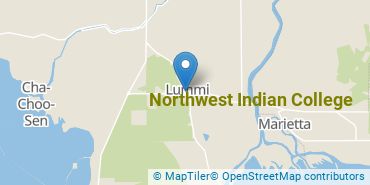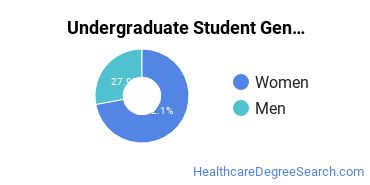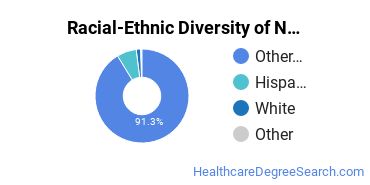Northwest Indian College Healthcare Programs
Located in Bellingham, Washington, Northwest Indian College is a public institution. The suburban atmosphere of Bellingham makes it a great place for students who want the amenities of city life without actually living in the middle of a constant hustle and bustle.
Featured schools near , edit
Where Is Northwest Indian College?

Contact details for Northwest Indian College are given below.
| Contact Details | |
|---|---|
| Address: | 2522 Kwina Rd, Bellingham, WA 98226-9217 |
| Phone: | 360-676-2772 |
| Website: | www.nwic.edu |
How Do I Get Into Northwest Indian College?
You can apply to Northwest Indian College online at: https://jics.nwic.edu/ICS/Admissions/Admissions_Homepage.jnz?portlet=Apply_Online&formname=Admissions+Application
Can I Afford Northwest Indian College?
The net price is calculated by adding tuition, room, board and other costs and subtracting financial aid.
Northwest Indian College Undergraduate Student Diversity

Gender Diversity
Of the 366 full-time undergraduates at Northwest Indian College, 34% are male and 66% are female.

Racial-Ethnic Diversity
The racial-ethnic breakdown of Northwest Indian College students is as follows.

| Race/Ethnicity | Number of Grads |
|---|---|
| Asian | 0 |
| Black or African American | 6 |
| Hispanic or Latino | 24 |
| White | 5 |
| International Students | 0 |
| Other Races/Ethnicities | 331 |
Geographic Diversity
Washington students aren't the only ones who study at Northwest Indian College. At this time, 7 states are represented by the student population at the school.
Northwest Indian College Healthcare Concentrations
The table below shows the number of awards for each concentration.
| Major | Associate’s | TOTAL |
|---|---|---|
| Substance Abuse/Addiction Counseling | 5 | 5 |
| Behavioral Aspects of Health | 0 | 0 |
| TOTAL | 5 | 5 |
References
*The racial-ethnic minorities count is calculated by taking the total number of students and subtracting white students, international students, and students whose race/ethnicity was unknown. This number is then divided by the total number of students at the school to obtain the racial-ethnic minorities percentage.
More about our data sources and methodologies.
